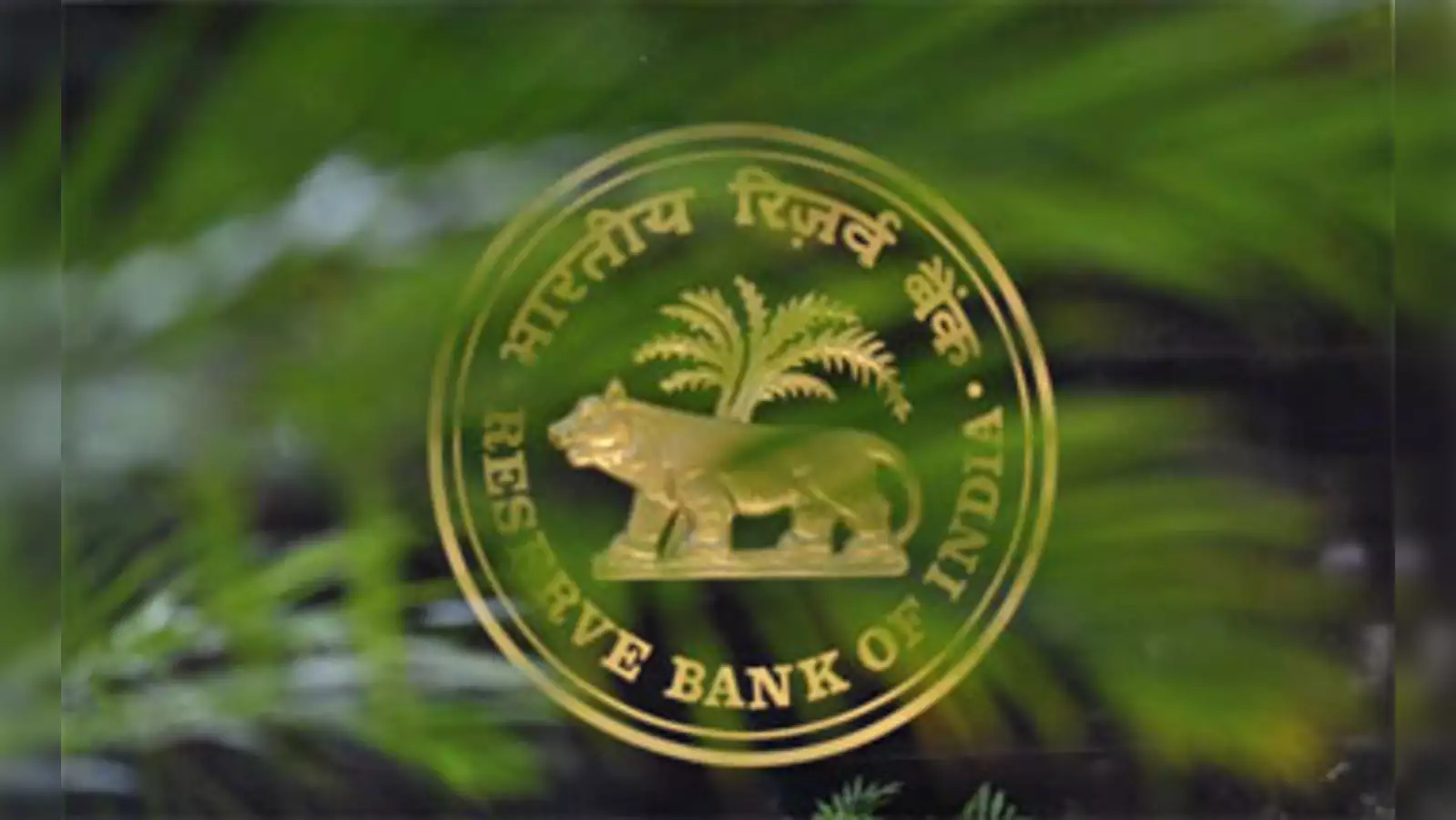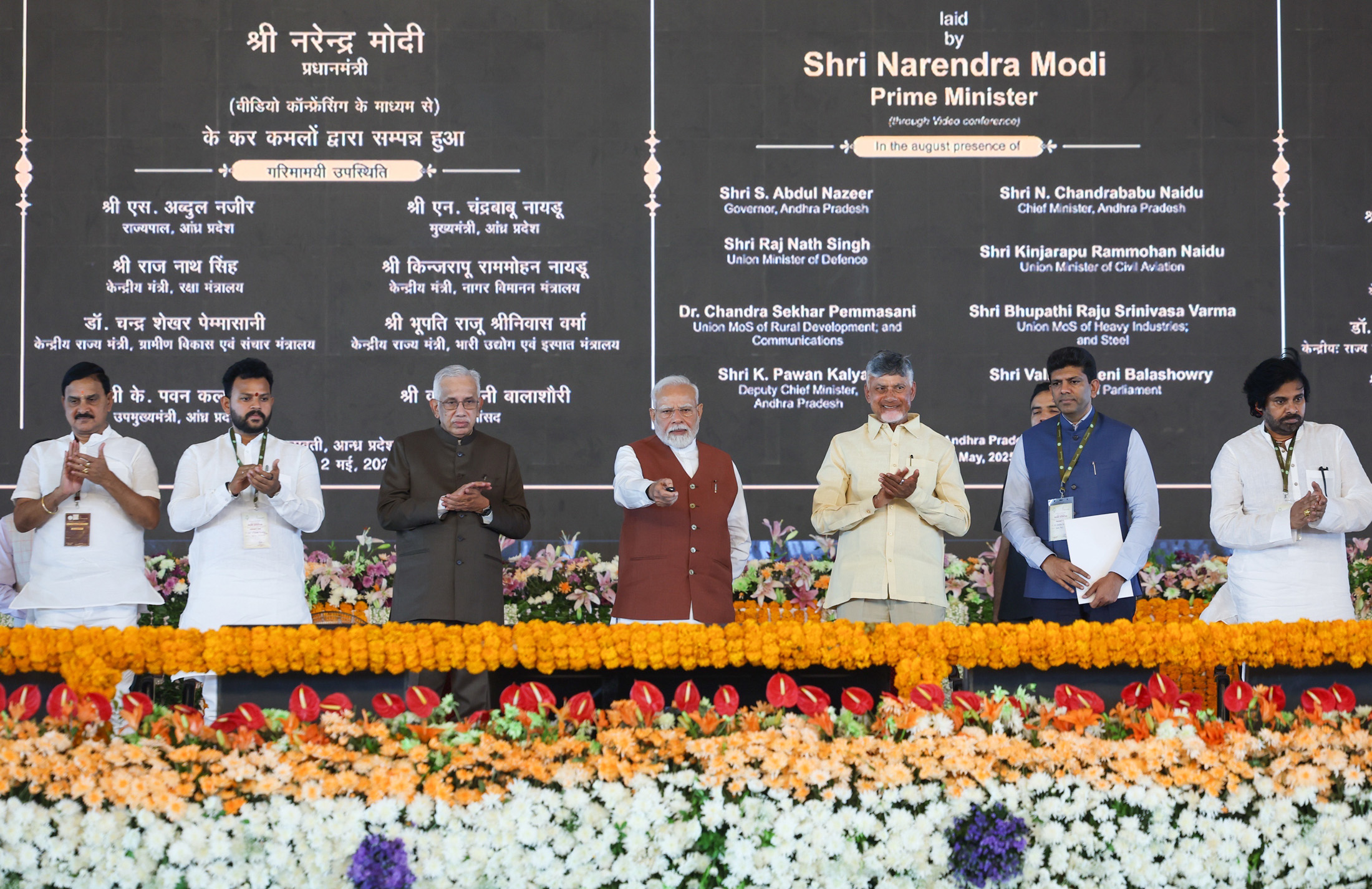- Courses
- GS Full Course 1 Year
- GS Full Course 2 Year
- GS Full Course 3 Year
- GS Full Course Till Selection
- Online Program
- GS Recorded Course
- NCERT (Recorded 500+ Hours)
- Polity Recorded Course
- Geography Recorded Course
- Economy Recorded Course
- AMAC Recorded Course
- Modern India, Post Independence & World History
- Environment Recoded Course
- Governance Recoded Course
- Science & Tech. Recoded Course
- International Relations and Internal Security Recorded Course
- Disaster Management Module Course
- Ethics Recoded Course
- Essay Recoded Course
- Current Affairs Recoded Course
- CSAT
- 5 LAYERED ARJUNA Mentorship
- Public Administration Optional
- ABOUT US
- OUR TOPPERS
- TEST SERIES
- FREE STUDY MATERIAL
- VIDEOS
- CONTACT US
RBI’s $21 Billion Liquidity Infusion
RBI’s $21 Billion Liquidity Infusion

Introduction
The Reserve Bank of India (RBI) has recently announced significant measures involving a liquidity infusion worth over USD 21 billion (₹1.75 lakh crore). These measures, including Open Market Operations (OMO) and Dollar-Rupee Swap, aim to alleviate the liquidity deficit, stimulate economic growth, and enhance financial stability.
Why RBI Took This Decision?
- Liquidity Deficit:
- Severe liquidity crunch with approximately ₹1.4 lakh crore deficit recorded due to substantial tax payments and limited government spending.
- Slow Credit Growth:
- Credit demand from businesses and consumers has declined, restricting economic momentum.
- Global Economic Instability:
- Geopolitical uncertainties, coupled with volatile oil prices, have negatively affected India's economic landscape.
- Geopolitical uncertainties, coupled with volatile oil prices, have negatively affected India's economic landscape.
Key Measures Announced by RBI
To address the liquidity shortage comprehensively, RBI announced two primary measures:
- Bond Purchases (OMO):
- RBI will buy government bonds worth Rs 1 lakh crore through Open Market Operations (OMOs).
-
- RBI purchases government securities from banks, directly injecting liquidity into the system.
-
- This increases cash availability within the banking system, allowing banks more funds to lend.
- This increases cash availability within the banking system, allowing banks more funds to lend.
- Dollar-Rupee Swap Arrangement:
- A currency swap worth USD 10 billion was announced to manage liquidity effectively.
- Banks exchange dollars with RBI temporarily, receiving rupees, with a future agreement to reverse this transaction.
- Provide immediate liquidity support without affecting long-term forex reserves.
Potential Impact on Indian Economy
- Improved Credit Flow:
- Increased liquidity enables more lending to industries, MSMEs, and individuals, facilitating greater economic activity.
- Increased liquidity enables more lending to industries, MSMEs, and individuals, facilitating greater economic activity.
- Lower Interest Rates:
- Banks can lend at lower interest rates, supporting investment and consumption.
- Banks can lend at lower interest rates, supporting investment and consumption.
- Enhanced Market Confidence:
- RBI’s proactive intervention reassures investors, improving both domestic and foreign investments.
- RBI’s proactive intervention reassures investors, improving both domestic and foreign investments.
Risks and Challenges
- Inflation Risk:
- Higher liquidity could fuel inflation, complicating RBI’s mandate to manage price stability.
- Higher liquidity could fuel inflation, complicating RBI’s mandate to manage price stability.
- Currency Volatility:
- Dollar-Rupee swaps may expose the economy to potential currency fluctuations.
- Dollar-Rupee swaps may expose the economy to potential currency fluctuations.
- Over dependence on Short-term Measures:
- Regular liquidity infusion could lead banks to rely excessively on RBI interventions rather than effective liquidity management practices.
- Regular liquidity infusion could lead banks to rely excessively on RBI interventions rather than effective liquidity management practices.
Past RBI Interventions
- COVID-19 Pandemic (2020):
- RBI infused ₹12 lakh crore, successfully stabilizing the economy but leading to prolonged inflationary concerns.
- RBI infused ₹12 lakh crore, successfully stabilizing the economy but leading to prolonged inflationary concerns.
- Demonetization (2016):
- RBI's targeted interventions swiftly stabilized liquidity shocks.
- RBI's targeted interventions swiftly stabilized liquidity shocks.
Global Comparisons
- Federal Reserve (US):
- Regularly employs Quantitative Easing (QE) for liquidity management during economic downturns. (E.g.post-2008 financial crisis, COVID-19 pandemic).
- Regularly employs Quantitative Easing (QE) for liquidity management during economic downturns. (E.g.post-2008 financial crisis, COVID-19 pandemic).
- European Central Bank (ECB):
- Uses Long-term Refinancing Operations (LTRO) to stabilize liquidity conditions across the Eurozone.
- Uses Long-term Refinancing Operations (LTRO) to stabilize liquidity conditions across the Eurozone.
RBI’s measures align with globally accepted practices, positioning India well within international economic management frameworks.
Way Forward
- Close Inflation Monitoring:
- Continuous monitoring and timely interventions to prevent excessive inflation.
- Continuous monitoring and timely interventions to prevent excessive inflation.
- Structural Financial Reforms:
- Strengthen credit delivery channels and financial sector resilience through structural reforms.
- Strengthen credit delivery channels and financial sector resilience through structural reforms.
- Clear and Transparent Communication:
- Effective communication from RBI regarding liquidity management strategies to maintain market trust and stability.
- Effective communication from RBI regarding liquidity management strategies to maintain market trust and stability.
Conclusion
RBI’s recent $21 billion liquidity infusion marks a critical step towards bolstering India's economic growth and financial stability. However, achieving sustainable recovery requires a balanced approach, integrating liquidity measures, inflation management, and structural economic reforms.
About Reserve Bank of India (RBI):
- Established: April 1, 1935, under RBI Act, 1934.
- Objective: To maintain monetary stability and ensure sustained economic growth.
- Monetary Policy Committee (MPC): Established in 2016, responsible for inflation targeting (Example: MPC sets Repo Rate)
- Core Functions:
- Monetary policy management (Example: Repo rate adjustments)
- Financial stability management (Example: Intervention during banking crises, e.g., Yes Bank crisis 2020)
- Regulate banking and financial institutions.
- Manage foreign exchange reserves.
- Payment systems oversight (Unified Payments Interface - UPI)
Open Market Operations (OMO):
- Definition: RBI’s monetary tool involving buying and selling government securities.
- Objectives:
- Manage liquidity in the economy.
- Control inflation.
- Influence short-term interest rates.
- Stabilize financial markets.
- Ensure smooth functioning of credit markets.
Dollar-Rupee Swap Arrangement:
- Definition: A short-term financial tool involving currency exchange between RBI and banks.
- Purpose:
- Immediate liquidity provision.
- Stabilize currency during volatility
- Short-term management of forex reserves.((E.g.Currency swap with Japan in 2019)
- Banks temporarily exchange dollars with RBI in return for rupees, with an obligation to reverse the transaction at a predetermined future date.
- Typically used during liquidity crises, forex volatility, or balance-of-payments pressures.




